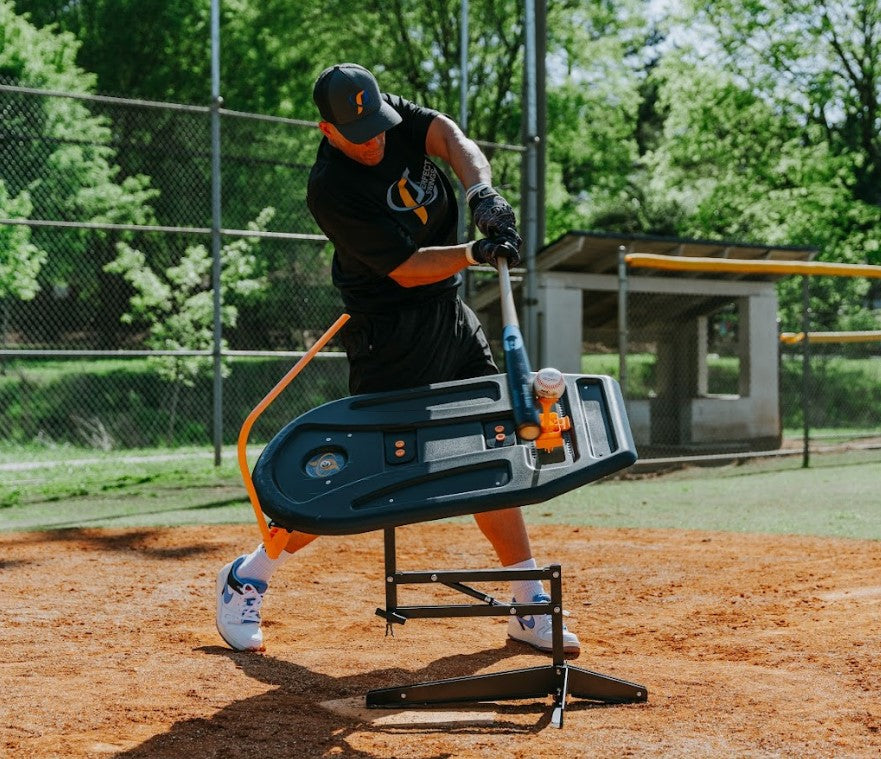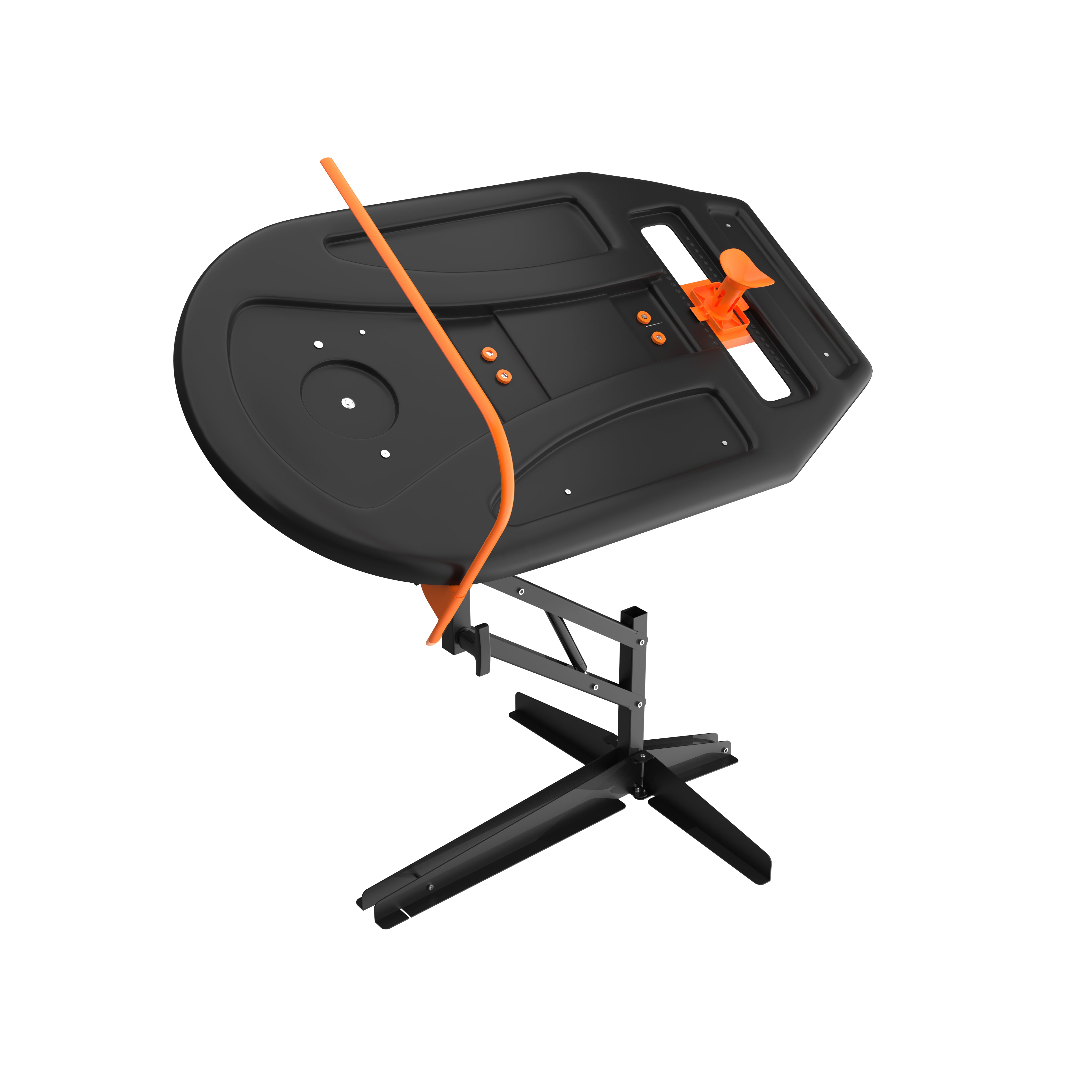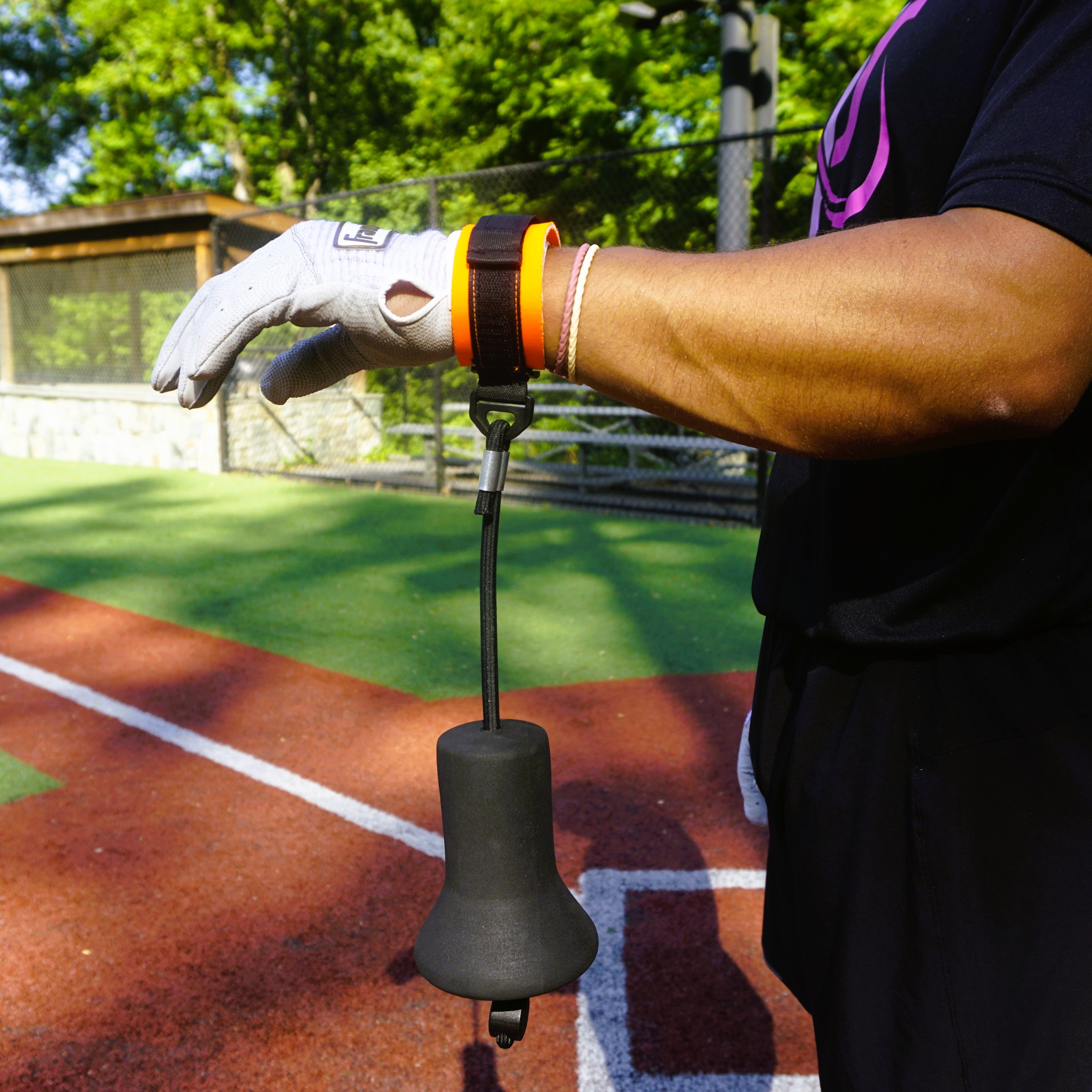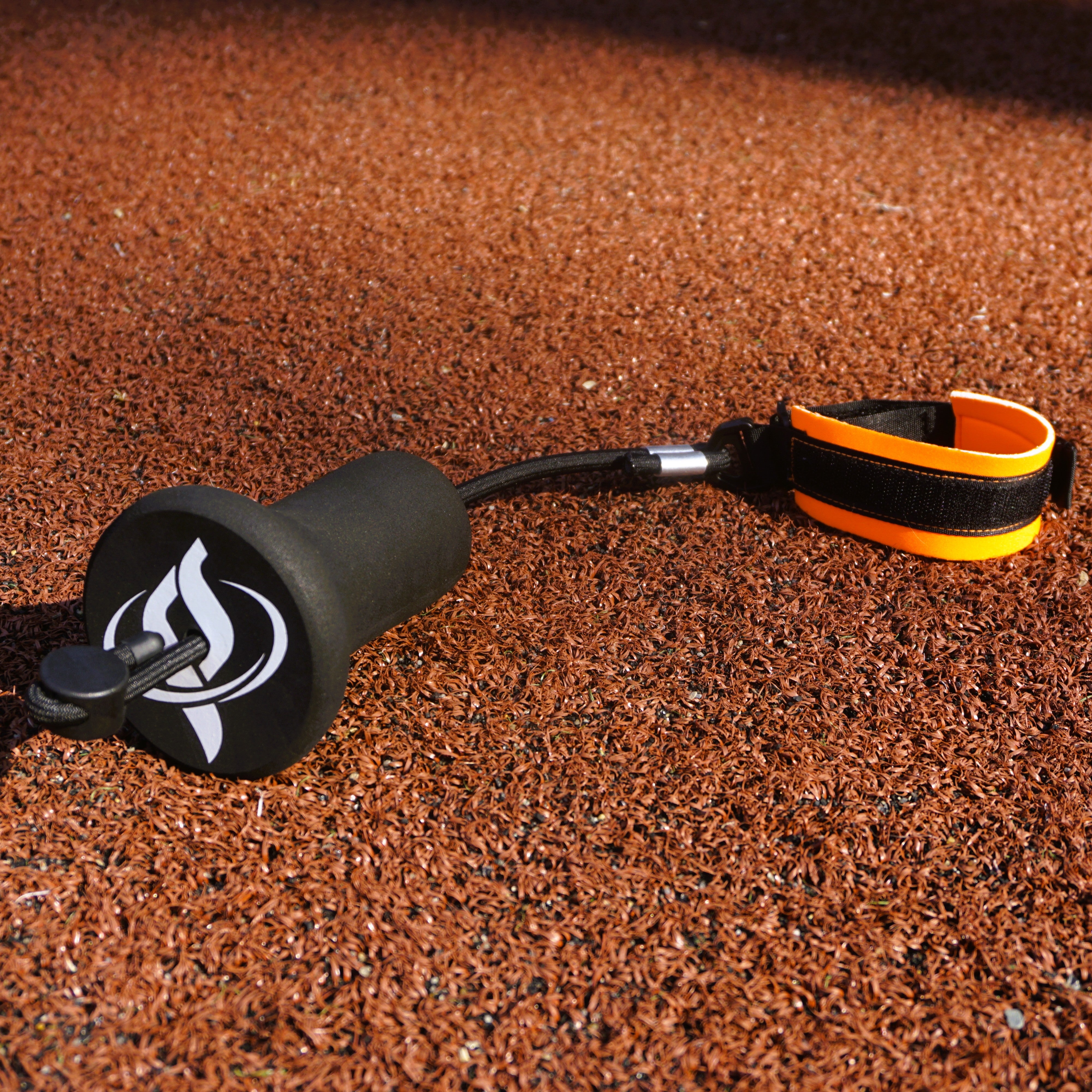Every great hitter starts with little to no knowledge of how to swing a baseball bat. You might watch professional players make hitting look effortless, but behind every successful swing lies a foundation of good mechanics and numerous hours of practice.
If you’re a beginner baseball player or teaching someone who is, our basic hitting mechanics guide here will take you through the fundamentals of a high-quality swinging motion. We’ll explain everything from how to grip the bat to how to follow through after contact.
Stance and Grip
The success of an at-bat begins before the pitcher releases the ball. The stance and grip form the foundation of each swing.
Choose a Good Batting Stance
A good stance provides balance, comfort, and power. Position the feet shoulder-width apart, and the person’s weight on the balls of their feet. The front foot should be angled slightly toward the pitcher; the back foot will be perpendicular to the plate for smooth weight transfer during the swing.
The batter must keep their knees bent, back straight, and body somewhat loose to avoid stiffness. With a still, level head and their eyes on the pitcher’s release point, the batter is in a good position to swing the bat.
Stand at a distance from the plate where the extended bat can reach the outside corner. This allows batters to cover the entire strike zone without overreaching or cramming their hands to make contact with an inside pitch.
Grip Techniques
Hold the bat in the fingers, not the palms. Place the hands close together and knuckles aligned for maximum speed and control. Maintain a relaxed grip; too much tension reduces bat speed. One way to think of it is as if you’re holding something small and delicate; be firm but gentle.
Position the hands about six inches from the knob. Beginners may benefit from choking up for better control, while gripping closer to the knob enhances power as they build strength and ability to time pitches.
Check out our quick tutorial on how to correct your bat grip. The video will review your hand placement and the optimal bat position when you go to contact. Remember that the palms should be facing up and down on the handle.

The Load and Stride
The load and stride work together to create the timing and power necessary for effective hitting. Hitters must synchronize these movements with the pitcher’s delivery to ensure proper timing at contact.
The Importance of the Load
Loading means a slight backward movement of the hands (four to six inches) and a weight shift to the back foot to generate energy. It’s like how an archer must draw a bow back before launching the arrow.
Turn the shoulders slightly away from the pitcher to build torque that will release during the swing. Be sure to maintain a natural, rhythmic motion. Start loading power as the pitcher begins their motion. This is the best way to obtain maximum power by the time the ball enters the hitting zone.
Our training video will show you how to use your shoulders in your load for better posture and more power in your swing. The video covers a simple drill you can do without a bat to confirm your shoulder is under your chin for best angles to make contact.
Mastering the Stride
The stride triggers the swing and maintains balance. Step forward with a short, controlled stride of six to eight inches, landing softly on the ball of the front foot. The key is for the hitter to keep their weight centered.
The stride should be directed toward the pitcher to avoid pulling away from the plate. Timing is everything. The front foot should land as the pitcher releases the ball, allowing the hitter to recognize the style of pitch, remain balanced, and generate power through the legs and core.
Swing Path and Contact
The swing path determines where the bat travels through the hitting zone, while contact represents the culmination of all your swing mechanics. Getting these elements right consistently separates the best from the rest.
Achieving the Correct Swing Path
Your swing should follow a slightly upward path through the hitting zone to match the downward trajectory of most pitches, improving contact angles and reducing weak ground balls. Start by rotating the back hip in the direction of the plate. This will initiate the kinetic chain that transfers energy from the legs through the core and into the arms.
Make sure the hands guide the barrel of the bat, so it travels directly to the ball instead of casting outward. This fundamental skill is essential for making solid contact with pitches in different locations.
Swing aggressively but with control. Attack the ball with confidence while maintaining proper balance and mechanics. A tentative swing is unlikely to produce good results, so commit fully to each swing when you decide to go for the pitch.
Make Solid Contact
Contact is when the bat meets the baseball; the quality of this connection determines the at-bat outcome. Aim to hit the ball on the sweet spot of the bat, located about six inches from the end of the barrel.
Keep your head still and your eyes on the ball throughout the swing. Many players struggle with head movement, making it harder to track the ball and make good contact. Practice steadying your head and locking your eyes on the ball from the pitcher’s release to contact.

Follow-Through and Finish
The follow-through might seem unimportant, but it greatly affects how much power the hitter generates and their balance. A full finish ensures that the hitter transfers all available energy into the baseball.
The Significance of the Follow-Through
The follow-through should be a natural extension of the swing, allowing full rotation of your hips and shoulders with your arms fully extended for maximum power and balance. Pivot the back foot onto the toes to enable proper hip rotation and avoid power loss or strain on the lower back. Let the hands and arms finish high, with the top hand naturally releasing the bat.
Finish Each Swing Strongly
A strong finish shows commitment to your swing and maximizes power. Your weight should fully transfer to your front foot, with the back foot pivoting naturally, ensuring power and balance. Practice holding a balanced finish without falling or taking extra steps, as this reflects proper mechanics throughout your swing.
Hone Your Batting Skills With the Perfect Swings USA Trainer
Focusing on fundamentals like stance, grip, load, stride, swing path, contact, and follow-through lays the groundwork for consistent success at the plate, from Little League to the Major Leagues.
Now that you understand the basic hitting mechanics for beginning baseball players, it’s time to get to work. One of the most important aspects of a hitter’s mechanics is the bat path. A great way to hone your bat path is with a baseball hitting trainer.
Perfect Swings USA’s Swing Path Trainer provides immediate feedback that helps users develop fundamental swing mechanics. This innovative training tool provides instant tactile feedback when the swing deviates from the proper path, enabling users to make quick adjustments and build muscle memory more effectively.
The design helps hitters understand what a correct swing feels like to accelerate learning. By using this tool consistently, you’ll develop a good swing path that leads to more solid contact and better results at the plate.
Learn more about our trainers and hitting tools online. Contact our staff to speak with our equipment experts today!







